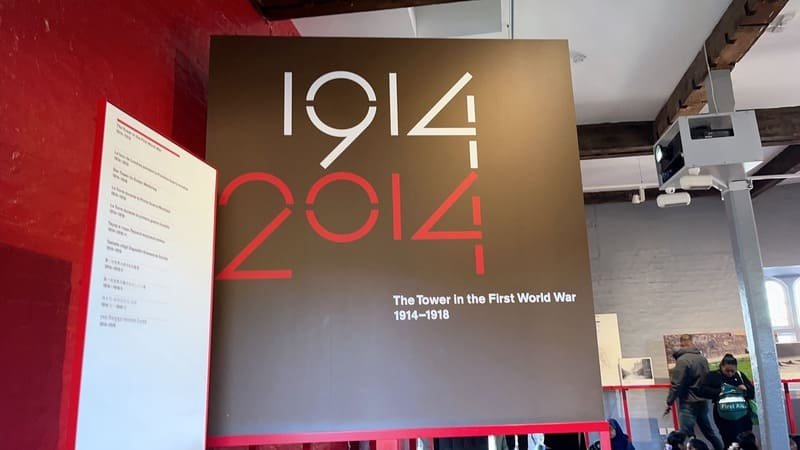
Audio Guide Script
As the world plunged into conflict in 1914, the Tower of London took on a new and somber purpose. This ancient fortress, once a symbol of royal power, became a vital cog in the war machine. Its thick walls and secure chambers made it an ideal location for sensitive wartime operations.
Perhaps the most dramatic wartime function of the Tower was as a place of detention and execution for enemy spies. Imagine the tension in the air as suspected German agents were brought here for interrogation and trial. The Tower witnessed its first execution in 167 years when Carl Hans Lody, a German naval officer turned spy, was shot by firing squad in November 1914. Picture the foggy morning as Lody was led to the rifle range, his footsteps echoing off the ancient stones. He was just the first of 11 spies to meet their end here during the war.
Our beloved Yeoman Warders, or Beefeaters, played a crucial role during this time. Many of these former servicemen contributed their military expertise to the war effort. Imagine them patrolling the grounds, their eyes sharp for any sign of trouble, their minds perhaps dwelling on comrades fighting in the trenches. Some even left their posts at the Tower to rejoin their regiments and fight on the front lines.
The Tower also served as a secure location for the production of military equipment. In workshops hidden within its walls, skilled craftsmen worked tirelessly to produce precision instruments for the war effort. The clang of hammers and the hiss of soldering irons would have mingled with the more familiar sounds of tourist groups and marching guards.
Moreover, the Tower stood as a powerful symbol of British determination. Its imposing walls and long history of withstanding sieges served as a reminder of the nation’s resilience in the face of adversity. During air raids, Londoners would look to the Tower, still standing strong, and find courage in its endurance.
After the war, the Tower became a place of remembrance. In 1920, the body of the Unknown Warrior passed through the Tower on its way to its final resting place in Westminster Abbey, a poignant moment that linked the ancient fortress to the nation’s grief and gratitude. Thousands of people lined the route, many laying flowers at the Tower’s gates as the cortege passed by.
The First World War left an indelible mark on the Tower’s history. It added another layer to its complex story, transforming it from a relic of medieval power to a site of 20th-century warfare and espionage. The Tower’s wartime role also included safeguarding the Crown Jewels, which were moved to an underground vault for protection from potential air raids.
The Tower of London stands not just as a monument to the past, but as a witness to the ever-changing tides of history. Its role in the First World War is a testament to its enduring significance in times of both peace and conflict. As you continue your tour, remember that every stone, every chamber, and every corner of this magnificent fortress has a story to tell – and its wartime chapter is one of the most compelling.
As you follow the path and descend the steps, you’ll find a small chapel on your right. Let’s continue our journey to this chapel, where three famous queens in British history are laid to rest.
